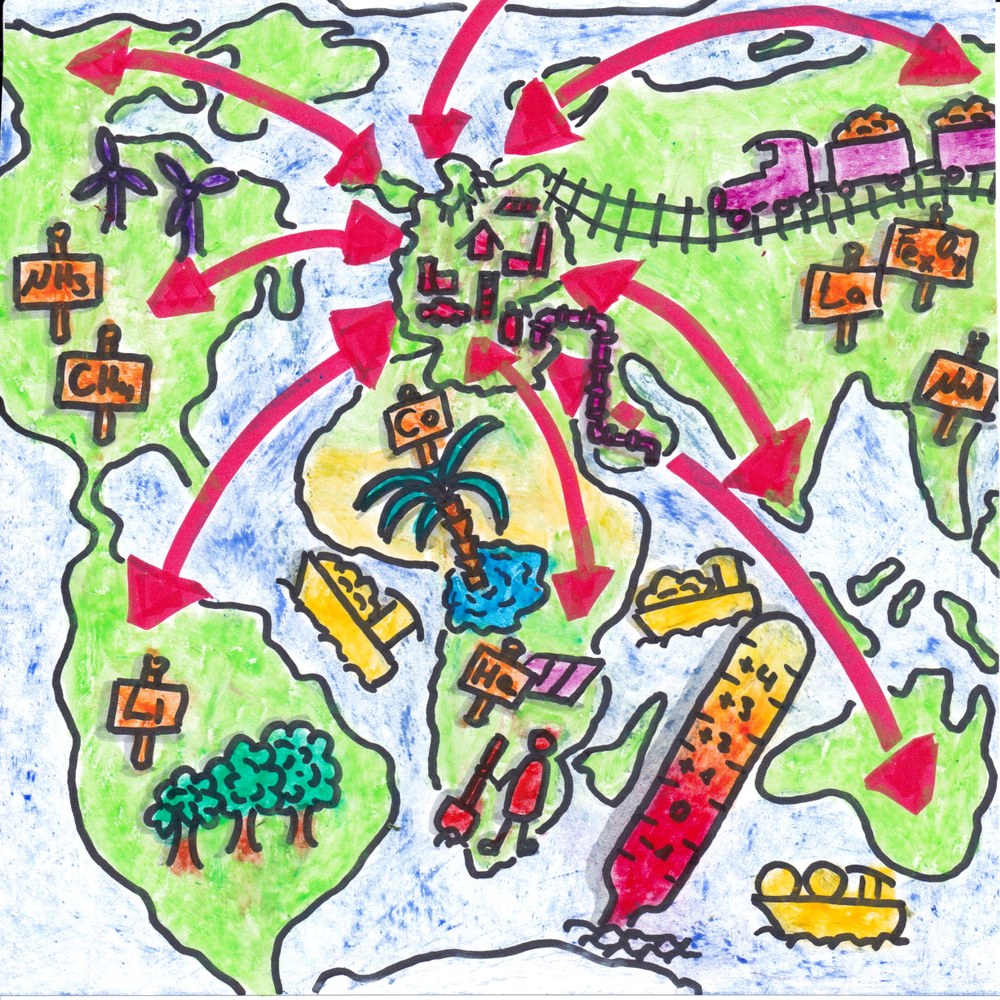Strategies for sustainable energy systems
Technology assessment – resources – energy scenarios – system models
Energy transition is a dynamic process that must be continuously adapted to new influences such as technical innovations or socially negotiated framework conditions. The Institute of Networked Energy Systems has created a comprehensive scientific basis on which the objectives of the energy transition can be analysed and evaluated and, in particular, suitable ways of achieving these objectives can be defined. These so-called roadmaps serve as a guide for decision-makers in business and politics, enabling them to make the best possible decisions in the coming years and decades.

Our scientific programme is based on the following three main areas of research:
Technology assessment and resource analysis
The multidimensional and multi-criteria technology and engineering assessment goes hand in hand with the resource requirement analysis for individual technologies, right through to future overall systems. We generate this in-depth knowledge base by analysing global and local resource potentials, life cycle considerations and raw material chains as well as other geographical, geo-ecological, geopolitical and geosocial framework conditions.
Scenarios
Based on the technology assessment described above, we create scenarios for a sustainable energy supply - both for individual sectors and at overall system level. To determine infrastructure and resource requirements, we work with spatially and temporally parameterised energy system models. We have detailed technology models at our disposal to optimise and simulate the design and operation of the energy system. To visualise projections of complete energy balances, we also use our own software packages developed at DLR, which we generally make available to other experts through open source. This way, we can calculate the reduction in emissions and other environmental effects for individual sectors and determine social effects and risks.
Techno-economic system modelling and optimisation
We determine cost-minimal and climate-neutral future energy systems through comprehensive, holistic energy system modelling. At the centre of this is the REMix energy system modelling framework developed at DLR (for use at international and national level) and the FlexiGIS tool (for regional areas). Using high-performance computers, our researchers can develop macroeconomically optimised strategies with regard to infrastructures and higher-level operational management.
The open source framework REMix, for example, uses detailed data on geographically high-resolution potentials of renewable energy sources, infrastructures and political goals to determine how Europe's networked, climate-neutral energy system can be designed in a functional and cost-optimised way in the future. FlexiGIS in turn uses geographic information systems (GIS) to analyse energy systems at a regional level. To do this, we integrate spatial data to assess infrastructure, consumption and generation patterns. In this way, FlexiGIS enables comprehensive simulations and scenario analyses and integrates various flexibilisation technologies for sustainable regional energy planning.
We develop scenarios and create system models for the energy transition. In doing so, we take into account national and international framework conditions and interactions as well as life cycle analyses of technologies.
